
In secret inwardly to feel
How all that I’ve preserved of old
Is quickened by new-risen sense of self:
This shall, awakening, pour forth cosmic forces
Into the outer actions of my life
And growing, mould me into true existence.
— Rudolf Steiner

In secret inwardly to feel
How all that I’ve preserved of old
Is quickened by new-risen sense of self:
This shall, awakening, pour forth cosmic forces
Into the outer actions of my life
And growing, mould me into true existence.
— Rudolf Steiner
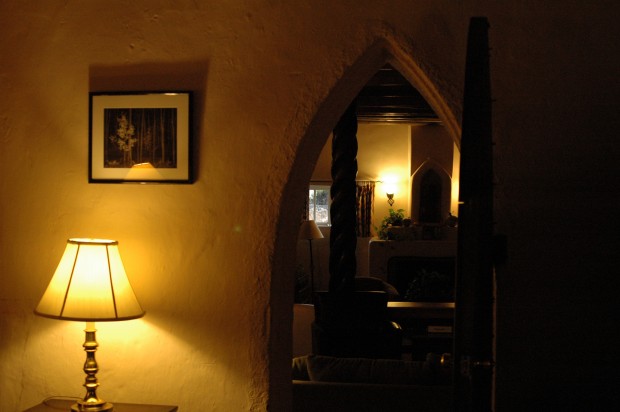
I thought, “But for the coping and the managing, and all the crowding movements of life, the eternal adjustments and the never-ending ‘fixing’ one has to do in the house and garden, as well as in oneself, to keep order and harmony, cleanliness and beauty of some kind, but for all this often tiresome detail of life, one’s soul would not be a storehouse; it is so true that the external life creates the inner, that is, if one really lives in each passing moment and takes into oneself its meaning and significance.
— Mabel Dodge Luhan, Winter in Taos, 50-51
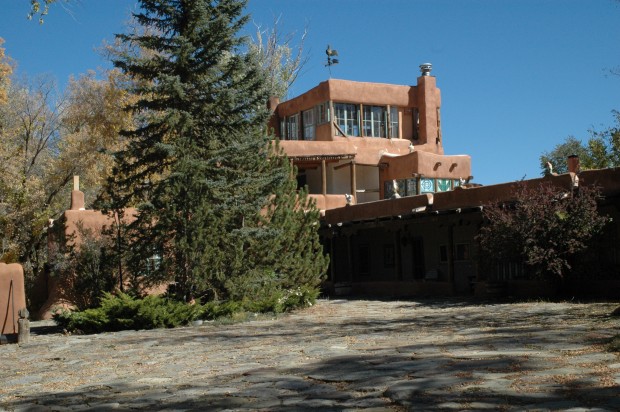
Working with the earth was a noble occupation. To loosen it and make the adobe bricks, mixing the wheat straw from last year’s harvest with it thoughtfully, laying them in rows to dry while the rock foundation is being built, and then fitting them carefully upon each other with the rich dark mud between that will turn hard as stone, all of it is a sacred matter, for the wonder of creation is in it, the wonder of transformation which always seems of greatest significance to Indians. To take the living earth from under their feet, undifferentiated and unformed, and shape it into a house, with length and breadth and height, each person’s house different, yet always basically the same as others, to bring the trees from the mountain and spread the long, round beams across the walls, to cut the young saplings and lay them close and even, either straight or in the ancient herringbone design, and with more earth and mud to form the roof and so have a shelter that will last forever if it be taken care of, this, it must be admitted, is wonderful.
One can see that it is pleasant to straddle the wall under a summer sky, and hammer down the adobe brick with the end of the trowel, and lift up the bucket of mud from the helper and spread it along in a thick, moist ooze ready to take the next dry brick. Singing comes out of this pleasant work, and there was always the sound of it going on, and the sound of funmaking and laughter.
–Mabel Dodge Luhan, Edge of Taos Desert: Escape to Reality, p 293
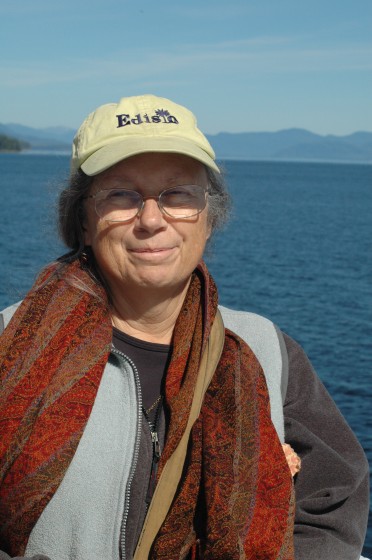
So that now one would not look at life again and read it as one reads in a book, and learn its constituents as one learns lists; all this learning in the brain, and never in the blood was ended. One could really learn only by being, by awakening gradually to more and more consciousness, and consciousness is born and bred and developed in the whole body and not only in the mind where ideas about life isolate themselves and leave the heart and soul to lapse inert and fade away. Yet never to cease watching was imperative also; to be aware, to notice and observe, and to realize the form and color of all, the action and the result of action, letting the substance create the picture our of abstract consciousness, being always oneself the actor and at the same time the observer, without whom no picture can exist.
— Mabel Dodge Luhan, Edge of Taos Desert: An Escape to Reality, 314-315
A couple nights ago I had the experience of beginning to draw landscape– that is, I had a vision of doing it. My pen began to create in three dimensions, to pull dimensionality from the flat paper into sculpture. Then my pen began to trace upon my own body and I myself was drawn into the living sculpture. I was part of the art while at the same time observing the process. Reading this passage (along with other awakenings of perception that Mabel describes) at last articulates what it is I long for. No wonder I was beckoned toward Taos, and specifically, back to the Mabel Dodge Luhan House!
The English language brings out the best in the Irish. They court it like a beautiful woman. They make it bray with donkey laughter. They hurl it at the sky like a paint pot full of rainbows, and then make it chant a dirge for man’s fate and man’s follies that is as mournful as misty spring rain crying over the fallow earth.
–T E Kalem, on Brendan Behan’s 1958 play ‘Borstal Boy’.
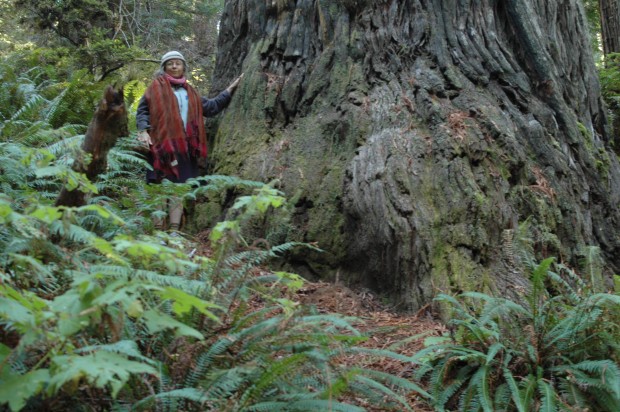
In clinical language we are into a deep cultural pathology.
We need not a human answer to an earth problem, but an earth answer to an earth problem. The earth will solve its problems, and possibly our own, if we will let the earth function in its own ways. We need only LISTEN to what the earth is telling us.
The natural world itself is our primary language as it is our primary scripture, our primary awakening to the mysteries of existence. We might well put all our written scriptures on the shelf for twenty years* until we learn what we are being told by unmediated experience of the world about us.
—Thomas Berry (Priest, Eco-theologian, “Earth scholar”, 1914 – 2009)
*If the study of scriptures of whatever tradition leads us to “unmediated experience of the world about us,” experience that comes from a still mind and clear seeing, then I am surely in favor of it.
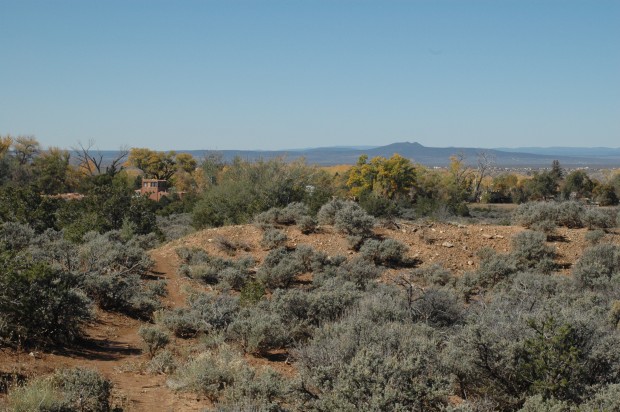
For almost the first time I had an experience of location, and of being where I belonged. Tony seemed to give me the earth; that is to say, he gave me what I had always missed, a relatedness to my surroundings, and I could breathe in peace, with no need to struggle. For this, then, I would have to exchange everything in the world that I had known, and that had been far too little to live on.
— Mabel Dodge Luhan, Edge of Taos Desert: An Escape to Reality, p. 228
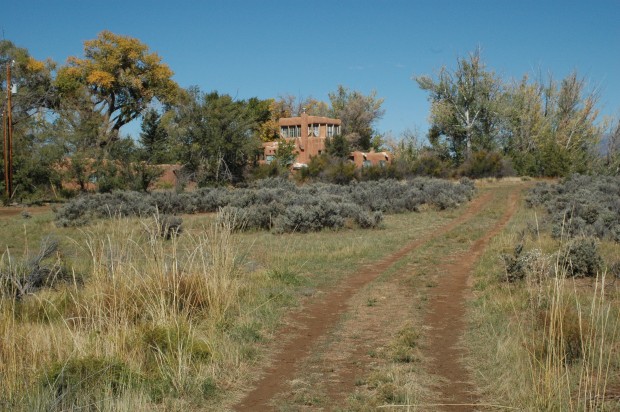
… a wonderful evenness marked my days and nights so that waking and sleeping I felt a sweet balance that was delicate and strong. To know this equilibrium was such a positive experience that every hour I renewed my consciousness of it, turning to it, feeling it in wonder and humility.
When I was with Tony (Luhan), I was in tune with all outdoors and with myself as well, for the first time in my life. I felt real at last… a true reality of my own was coming into being within me… I could sit in the window and look out on the world and know that I was part of it.
— Mabel Dodge Luhan, Edge of Taos Desert: An Escape to Reality, 245
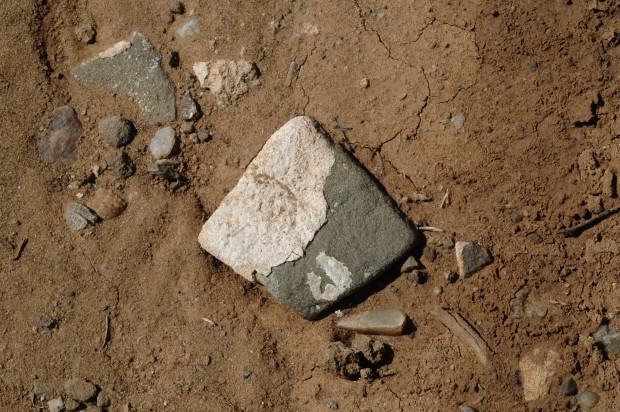
Each morning when I do my nature meditation, I do a nine-step process of inner focus. The second step is “anchor.” This morning my attention was arrested by this step. I became aware, rather in surprise, of how I was constantly balancing myself minutely in order to remain upright. I could feel the changing pressure on different areas of the soles of my feet. It was bitterly cold, and the cold threatened to penetrate my body. I thought, “My body has to work hard to balance the external cold, and it isn’t up to it this morning.” I retreated into the house.
A few minutes later, in the warmth of the house, I became aware of a column of concentrated balance that coincided with my spine. When I rest in the column of balance, I feel awake and aware, capable of “choice.” I feel a continuous, unbroken awareness.
Whereas before I had identified “anchoring” as having a solid, rock-like quality, I discovered that anchoring is a process of continual balancing, involving subtle adjustments in my body. This happens all the time without my awareness, or I wouldn’t be able to keep standing. When I add awareness to this balance, it becomes a means of maintaining conscious balance, a way for me to maintain mindfulness.
And– mindfulness matters to me.